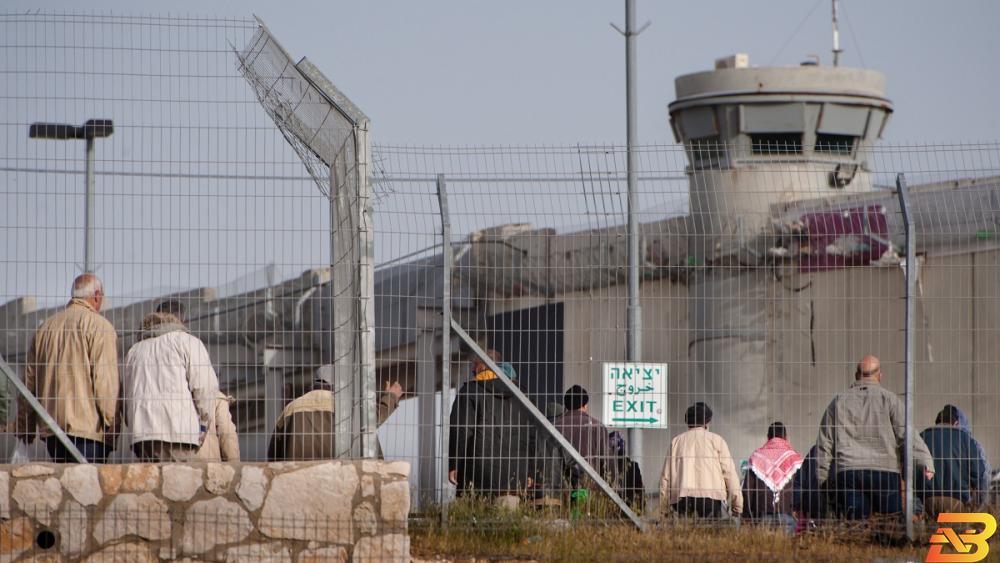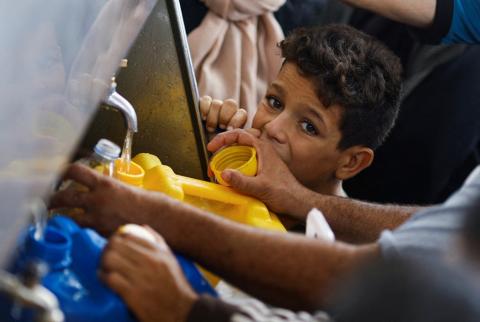
Geneva-(BNEWS)- The Palestinian people paid a heavy cumulative cost estimated at $50 billion between 2000 and 2020 due to the additional restrictions imposed by Israel in the part of Area C of the West Bank available for Palestinian development, says the latest UNCTAD report to the UN General Assembly.
The report, entitled “Economic costs of the Israeli occupation for the Palestinian people: The toll of the additional restrictions in Area C, 2000–2020”, estimates the cost of the additional restrictions at $2.5 billion per year. It indicates that the cumulative cost between 2000 and 2020 is equivalent to three times the West Bank GDP in 2020 and over 2.5 times the Palestinian GDP in the same year.
Area C of the occupied West Bank accounts for about 60% of the West Bank and incorporates all Israeli settlements. It is under Israeli civil and security control.
Despite several UN Security Council and General Assembly resolutions that emphasize the illegality, under international law, of settlements and the acquisition of territory by force, they continue to grow and expand.
The occupying power provides generous incentives to settlers and entrepreneurs to facilitate industrial and agricultural ventures, which have encouraged hundreds of thousands of Israeli citizens to move to the subsidized settlements, where living standards are, on average, higher than in Israel, according to different sources.
The occupying power includes 70% of Area C within the boundaries of the regional councils of settlements, rendering that part of Area C off limits for Palestinian development, even though Area C is the largest and only contiguous part of the West Bank and has the most fertile land and valuable natural resources.
Meanwhile, Palestinian access to the remainder of Area C (30%) remains heavily restricted. The report assesses the economic impact of the additional restrictions on economic activities in this part of Area C.
Restrictions and settlements hamper economic activities
An array of restrictions imposed by the occupying power have constrained economic activities and the movement of people and goods in Areas A, B and C. They include a ban on the importation of certain technology and inputs, a stringent permit regime, bureaucratic controls, checkpoints, gates, earth mounds, roadblocks and trenches in addition to the Wall.
To facilitate the expansion of settlements, Israel imposes additional restrictions on Palestinian economic activities in Area C, over and above those imposed in Areas A and B. As a result, observed economic activities in the 30% of Area C outside the boundaries of the regional councils of settlements are considerably lower than in Areas A and B.
The report estimates the cost of these additional restrictions at 25% of the West Bank’s GDP. In other words, if the level of restrictions on Palestinian development in the 30% of Area C available for Palestinian development was the same as those applied in Areas A and B, the size of the West Bank economy would have been substantially larger than it is now.
The benefits accruing to the occupying power from settlements in occupied Area C and East Jerusalem are the flip side of the cost to the Palestinian people.
The report estimates the annual contribution of these settlements to the economy of the occupying power at $41 billion or 227% of the total Palestinian GDP in 2021. This GDP, produced using Palestinian land and natural resources, is another indicator of the significant cost borne by the Palestinian people because of the emergence and continuous growth of settlements.
The cost estimated in the report accounts for just a fraction of the cost of the Israeli occupation of Area C and East Jerusalem, which is itself a small fraction of the total economic cost imposed by occupation on the Palestinian people in the West Bank and Gaza.
Palestinian access to all of Area C is necessary for the sustainable development of the Occupied Palestinian Territory and for the emergence of a viable, contiguous Palestinian State based on the two-State solution, in line with relevant UN resolutions.
The report concludes by stressing the necessity to lift all restrictions on Palestinian economic activity in Area C. Ending such restrictions would provide the Palestinian economy with a badly needed economic and natural resource base for developing their economy and reversing the current trend of deepening fiscal crisis and increasing socioeconomic deprivation.
The report maintains that until the occupation is ended, foreign aid and donor support to the Palestinian people must be strengthened to avert future socioeconomic and humanitarian crises.







